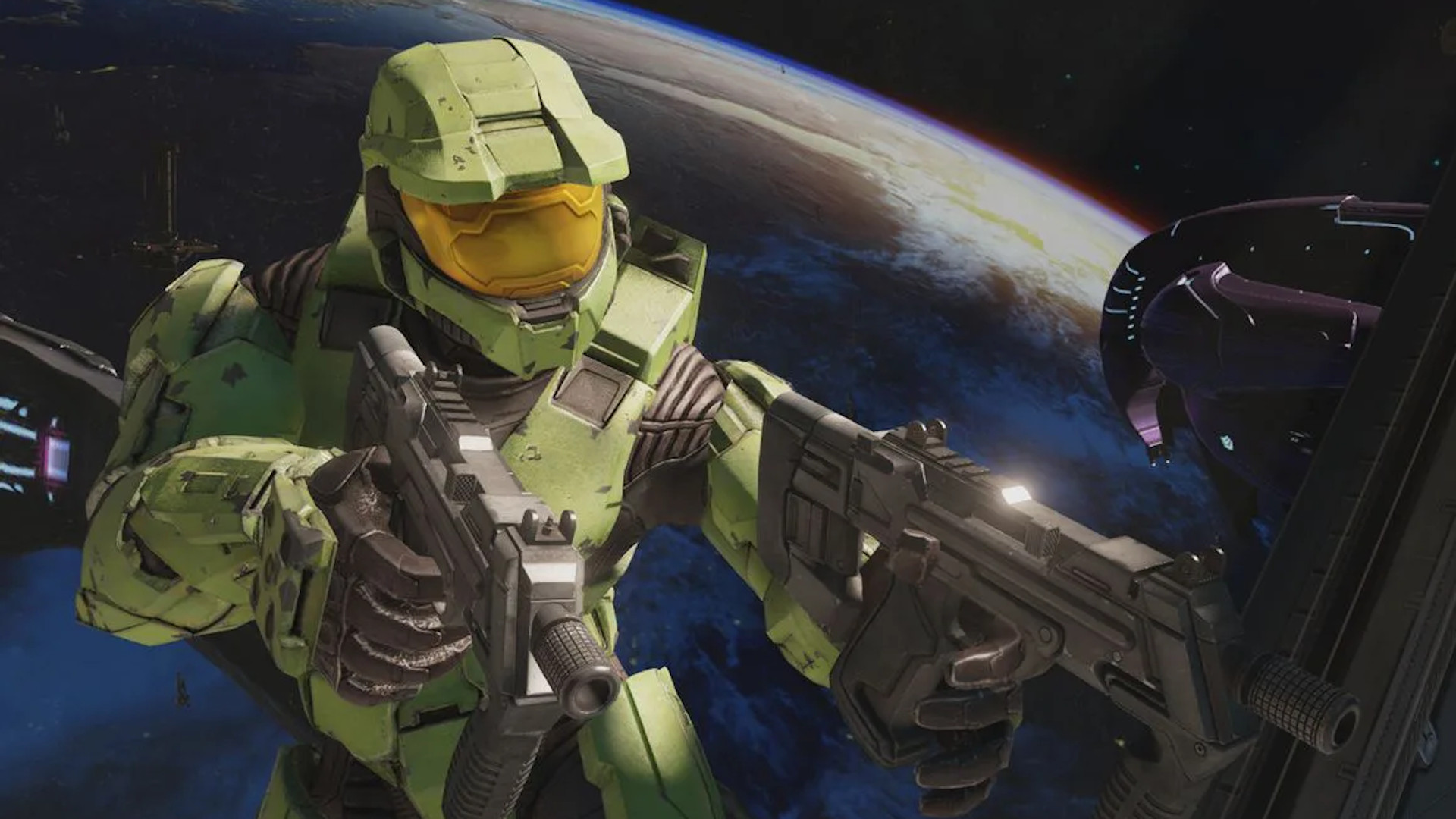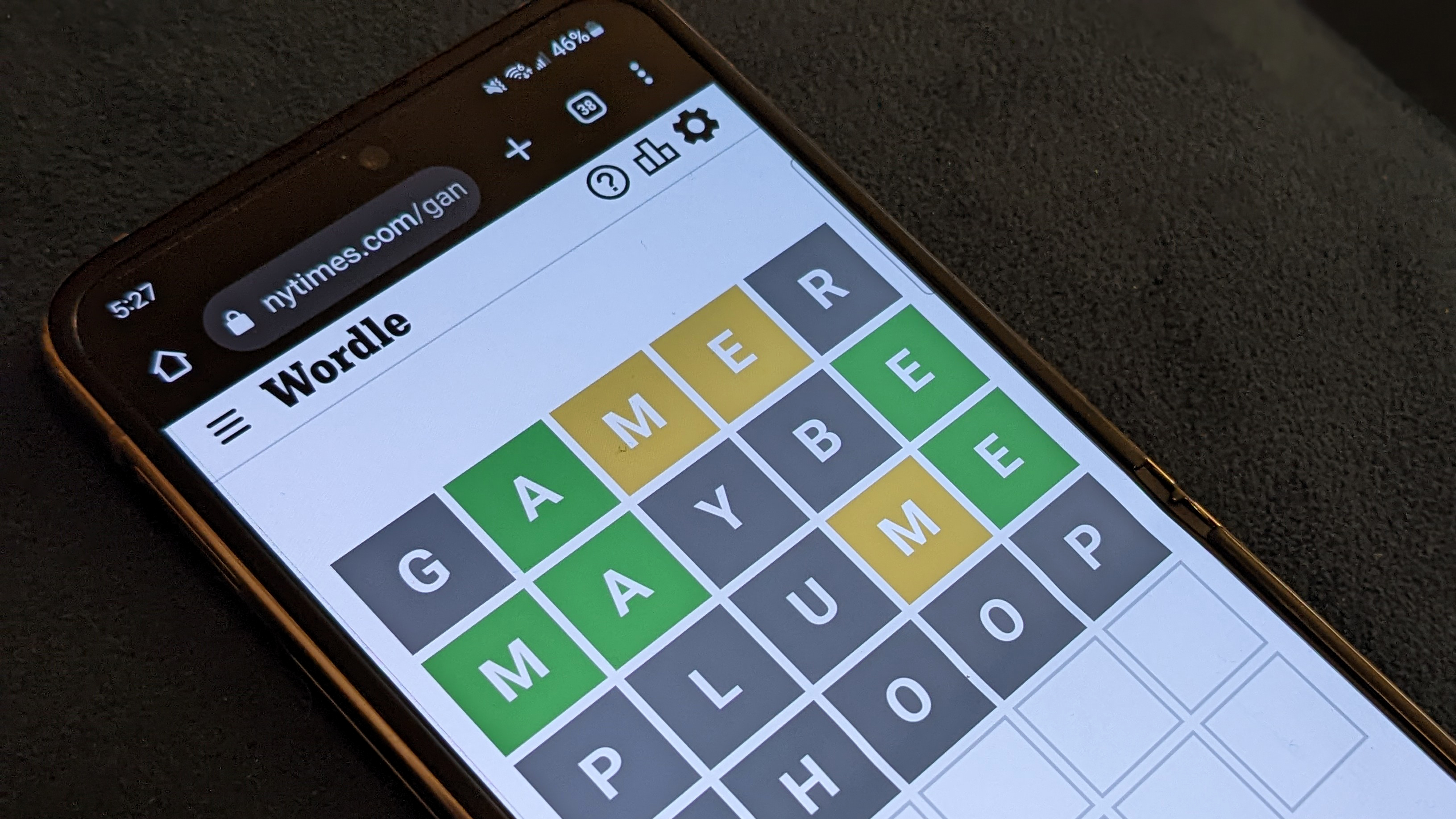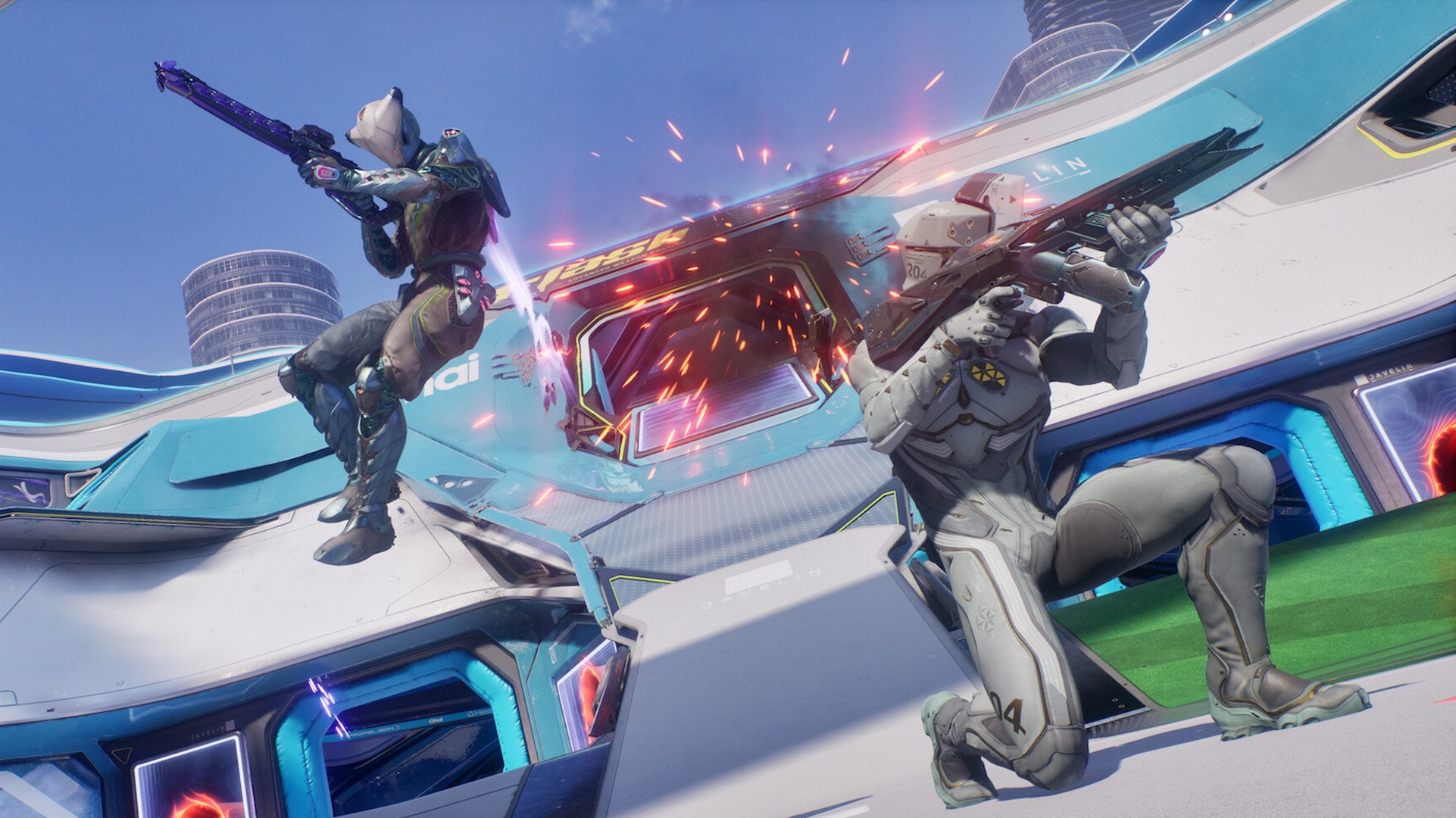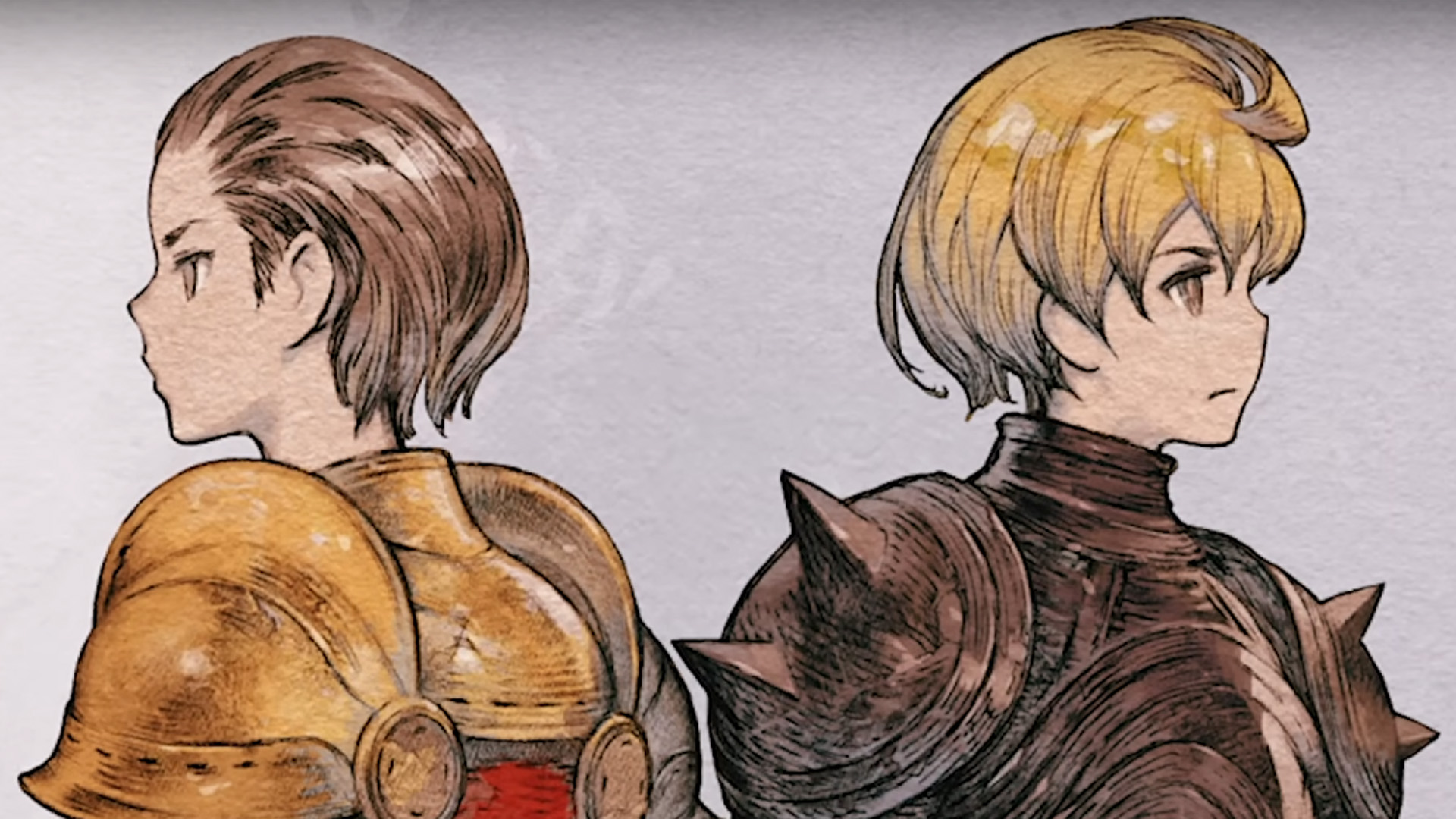
For longtime fans, the most interesting Halo action is in the past.
Yesterday, I almost reinstalled Halo Infinite for the sixth time. I couldn’t care less about Season 4’s battle pass (earning XP is still a terrible experience) or the new teleporter gadget—no, apparently the only thing that can draw me back into 343’s free-to-play Halo at this point are targeted appeals to my nostalgia. 343 dropped an update this week that added a trio of Forge-created Halo throwback maps to official playlists: Zanzibar, Valhalla, and Rat’s Nest.
They really got me there—those are two all-timer Halo destinations (and also Rat’s Nest, which is fine). I was hovering over the install button when my eye drifted to The Master Chief Collection sitting right below Infinite in my Steam library. Oh yeah, I thought. The all-in-one Halo game with every classic campaign, map, and mode in a faithfully-preserved time capsule.
MCC already has Zanzibar, Valhalla, and Rat’s Nest, in all their original glory. If I’m jumping into Infinite to play three old Halo 3 maps, why wouldn’t I just play Halo 3?
No offense to the talented folks who put them together, of course, but Forge remakes can’t really do classic maps justice—it’s a different engine with mismatched assets, and they have that unnatural “snapped-together” appearance inherent to everything in Forge. It’s just not the same.
The real reason to play a reconstructed Zanzibar in Halo Infinite is to play a sleek 2020s Halo with modernized shooting and cool new guns. You can’t get either of those things in MCC, but funnily enough, it does have pretty much everything that Halo fans think Infinite is lacking: a deep pool of maps and modes, a robust custom games browser, and armor personalization that doesn’t suck. MCC is the gold standard for keeping old-but-great multiplayer games alive and kicking. Not to mention, MCC still gets updates too (though not as frequently since Infinite came out).
MCC’s sterling reputation speaks to a larger perception problem Infinite has faced since its 2021 launch. MCC is, in a sense, the anti-Halo Infinite: so convenient and improbably generous as a product that it’d make more sense as a fan project led by modders. And actually, since last year it has largely been driven by modders as 343 turned its attention to Infinite.
The Halo Infinite community remake of Zanzibar looks impressive, and also undeniably “Forge.” (Image credit: 343 Industries)
Labor of legacy
343 Industries was established to make new Halo games, but the studio has spent just as much time delving into the series’ past with a level of respect and reverence that just wouldn’t be possible from people who don’t love Halo. The MCC team constantly looks for opportunities to resurrect classic content with a modern twist, finish work started by Bungie, or dig up ancient artifacts of Halo history just for fun.
The Master Chief collection is, in a sense, the anti-Halo Infinite.
An MCC update from this week is a perfect example. The headlining feature is Escalation Slayer mode for Halo 3—a newer mode custom-made for a game that wasn’t designed for it, pretty cool. And then just because 343 can, it also doubled the Firefight player limit from four to eight in both ODST and Reach, admittedly breaking the balance… but also who cares? While at it, why not add three Spartan gadgets to Halo 3 multiplayer that you could previously only get in the campaign? Or add a statue scavenger hunt to every campaign with locations that change weekly? There’s an entire section of the July 2023 patch notes about one dev tinkering with the co-op-only ODST to get 16-player multiplayer working inside it—an unnecessary and extremely cool project that I hope can be completed someday—before casually mentioning a discovery of three unfinished Halo 3 DLC maps in ODST’s files that have now been added to MCC’s modding suite.
That’s right, modding! The studio has spent the last year refining its modding tools, bringing community modders into the fold to search for cut content hidden deep inside Bungie’s old files (with the help of modders), and implementing Steam Workshop support. Nine years into its life, MCC is the Halo gift that keeps on giving. Rewind to 2014’s disastrous MCC launch and you’d be surprised to learn it’s become the Halo to root for, while the free-to-play Halo Infinite struggles to be exciting.
(Image credit: Xbox Game Studios)
Halo wars
It’s a rare situation for two games in the same series to be pitted against each other, but also a good opportunity to reflect on what we want from multiplayer shooters. Halo Infinite has way more going on these days with new maps, gadgets, and cosmetics while MCC gets fun little scraps of history every six months, so why is MCC averaging over twice as many players on Steam?
It’s just better Halo, with beloved co-op campaigns, way more maps, and a decidedly less competitive vibe. Plus, I’m not constantly waiting for it to meet my expectations. Infinite is the newer game, and 343 set expectations high from the start. I have no expectations for MCC beyond what it’s already doing, because everything you could want from it is already there, and then some.
It matters a lot to me that MCC is a complete game (actually, six complete games) while, after nearly two years, Infinite still comes off like 343 is laying down the track as it goes. Nostalgia certainly plays a role too, though Infinite also tugs on heart strings where it can.
Infinite players have proven to be harsh critics always hungry for more, but I increasingly believe they’re justified. By consequence of its live service model, Halo Infinite is constantly asking more from us, too. Infinite doesn’t just get cool stuff, it gets cool stuff and a new $10 battle pass, store refresh, and limited-time premium cosmetics.
I just don’t want my Halo experience to be a series of scheduled, itemized transactions—one where I’m encouraged to buy into a new phase of Halo and ask myself each time if it was worth it. Infinite, for all its strengths, represents an era of games that nakedly treats people like ATMs, while MCC is a living reminder that Halo doesn’t have to be this way. When you think of it like that, it’s hardly a fair fight.



